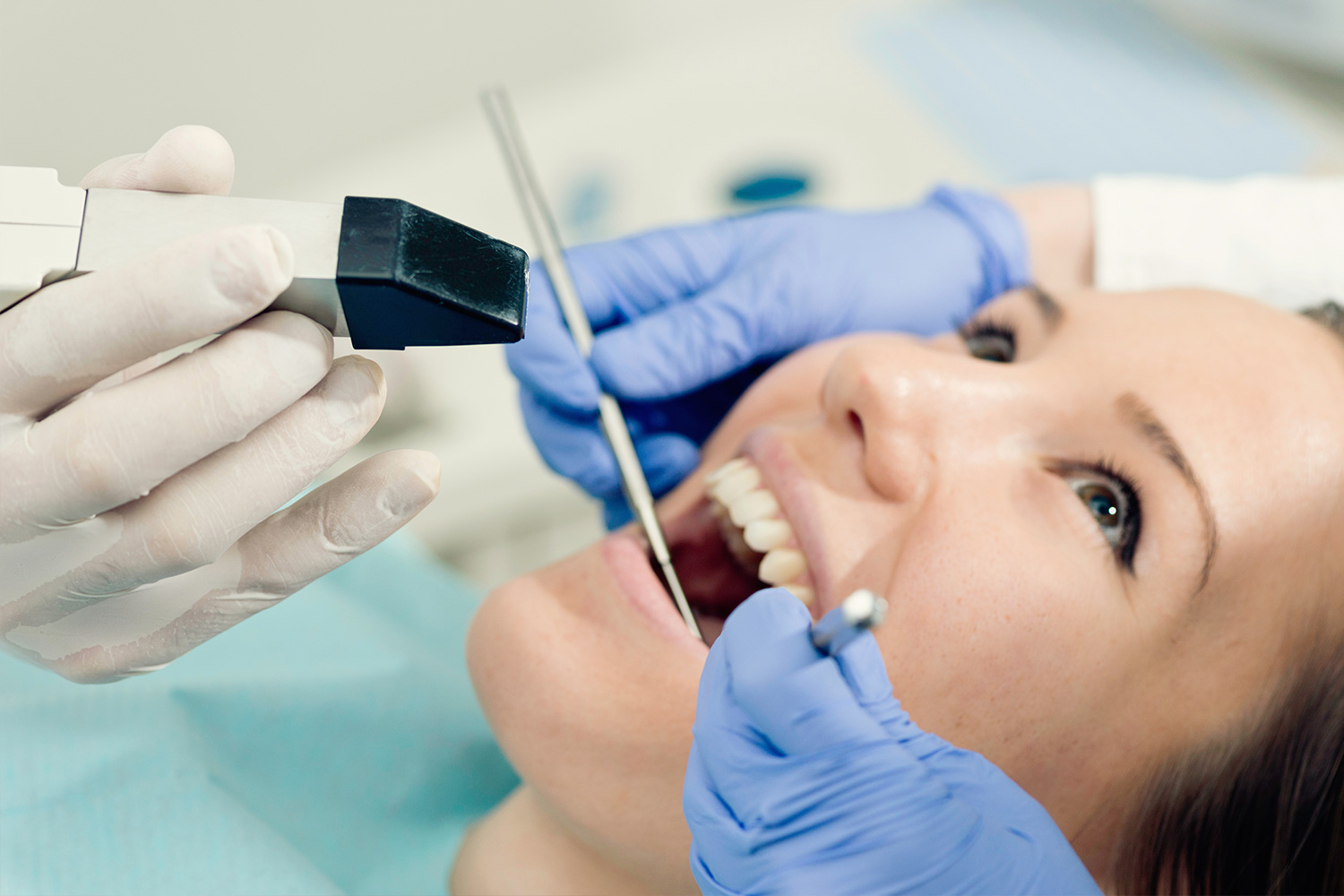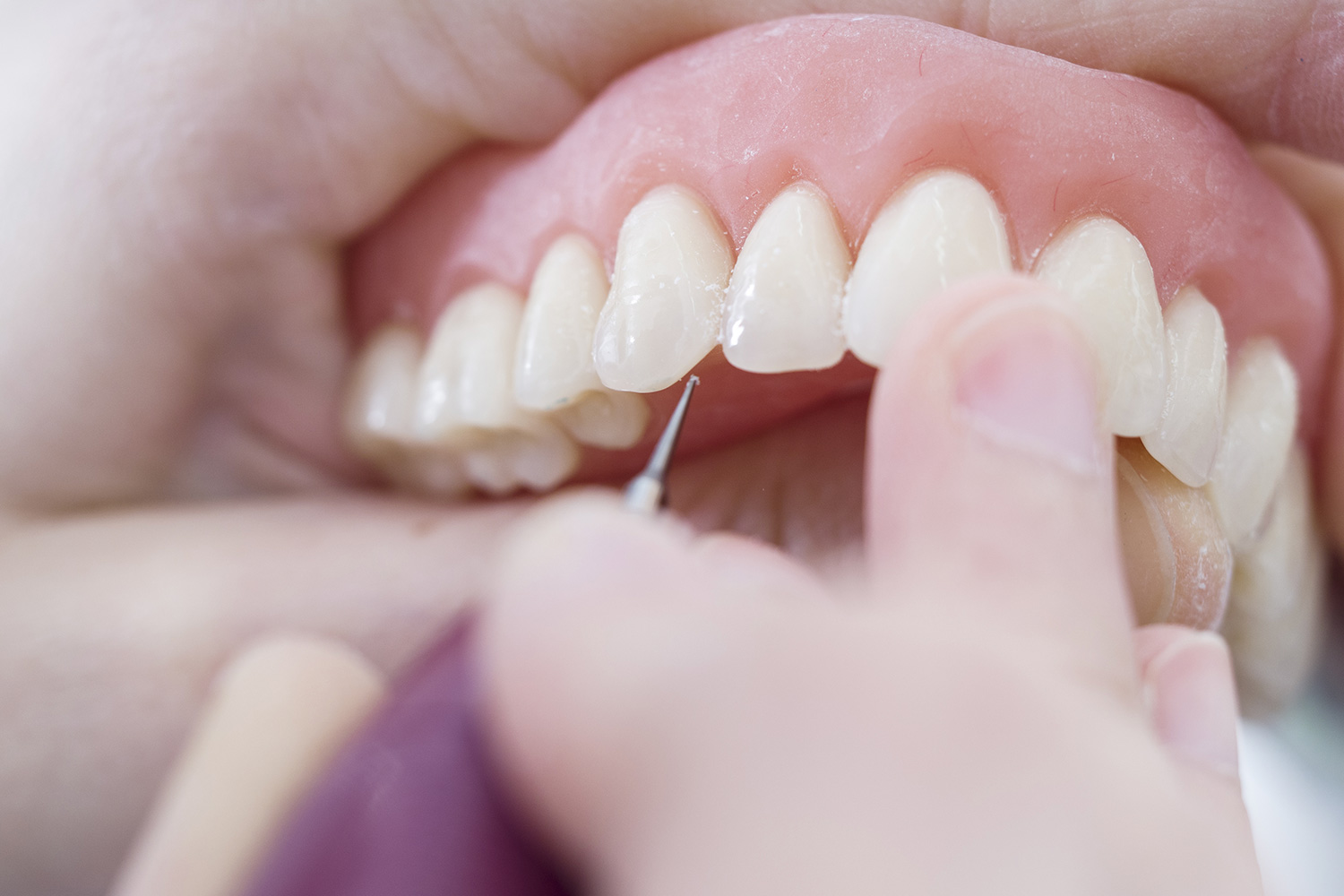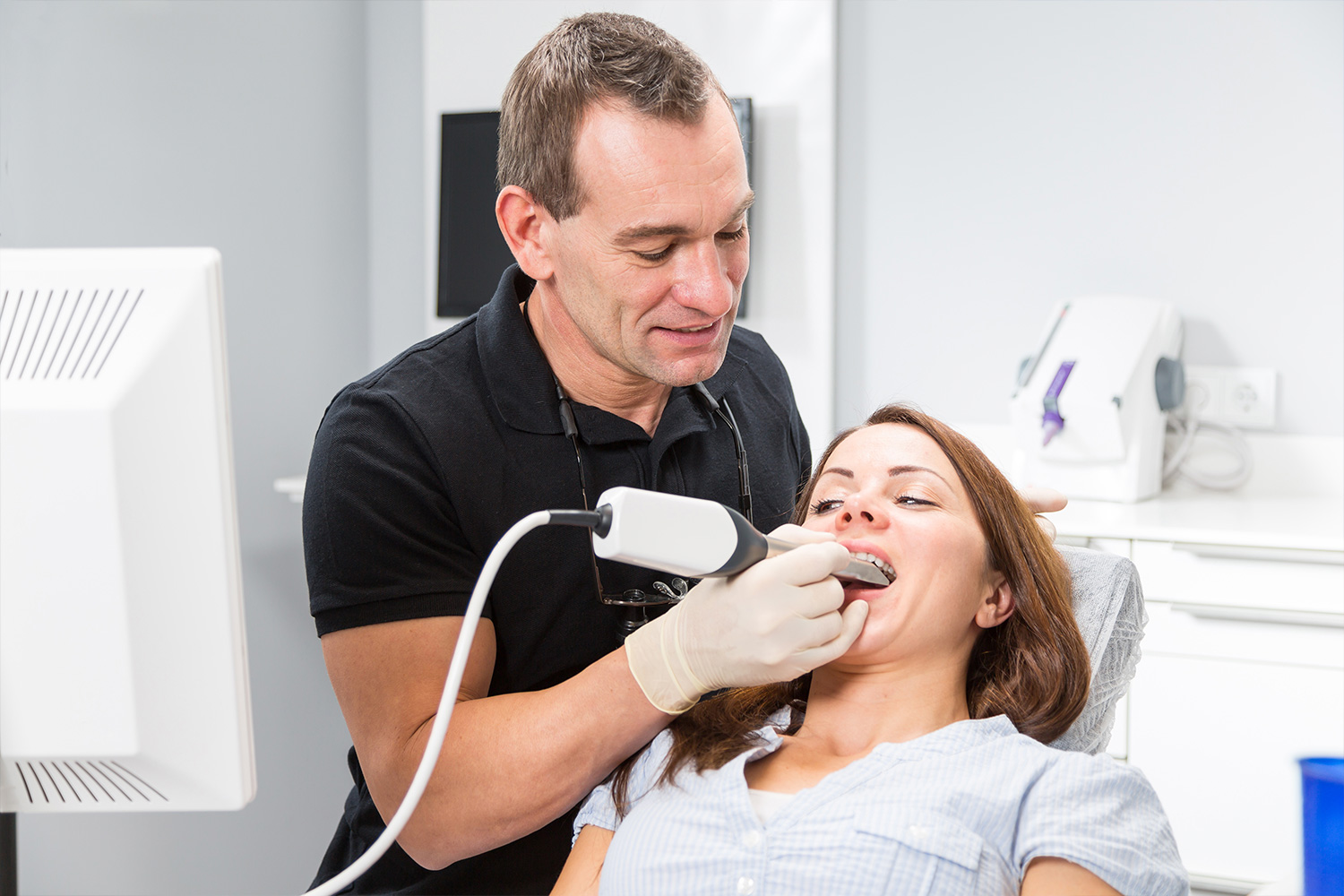RESTORATIONS
Our team of dentists and dental hygienists perform a number of restoration procedures to keep your smile healthy.
COMPOSITE FILLINGS
- Chipped teeth
- Closing space between two teeth
- Cracked or broken teeth
- Decayed teeth
- Worn teeth



CROWNS/CAPS
- Broken or fractured teeth
- Cosmetic enhancement
- Decayed teeth
- Fractured fillings
- Large fillings
- Tooth has a root canal
CEREC®
- No temporary restorations
- High-quality ceramic products
- Minimal invasiveness
- Less injections and discomfort
- Fewer dental visits
- Cost effectiveness
- More natural tooth is saved
- Long lasting restorations
- Biocompatible solutions
The dentist will insert a block of ceramic matching your tooth color into the milling machine, which will then create the full crown, onlay, inlay, or veneer. Before affixing the restoration to the tooth, the dentist will perform a dry fit to ensure comfort. Once a perfect fit is established, the restoration will be polished and affixed to the tooth with dental cement.
DENTURE
- Complete Denture – Loss of all teeth in an arch
- Partial Denture – Loss of several teeth in an arch
- Enhancing smile and facial tissues
- Improving chewing, speech and digestion
The process of getting dentures requires several appointments, usually over a period of several weeks. Highly accurate molds and measurements are taken and used to create your custom denture. Several “try-in” appointments may be necessary to ensure proper shape, color and fit. At the final appointment, we will precisely adjust and place the completed denture, ensuring a natural and comfortable fit. It is normal to experience increased saliva flow, some soreness and possible speech and chewing difficulty however, this will subside as your muscles and tissues get used to the new dentures.
DENTAL BRIDGE
A dental bridge is a fixed, non-removable appliance that is an excellent way to replace missing teeth. Dr. Benton and the team will discuss the best bridge options for your particular case. The traditional bridge is the most popular type and is usually made of porcelain fused to metal. This type of bridge consists of two crowns that go over two anchoring teeth (abutment teeth) and are attached to pontics (artificial teeth), filling the gap created by one or more missing teeth. These dental bridges are highly durable and will last many years; however, they may need replaced or need to be re-cemented due to normal wear. Reasons for a fixed bridge may include:
- Fill space of missing teeth
- Maintain facial shape
- Prevent remaining teeth from drifting out of position
- Restore chewing and speaking ability
- Restore your smile
- Upgrade from a removable partial denture to a permanent dental appliance
